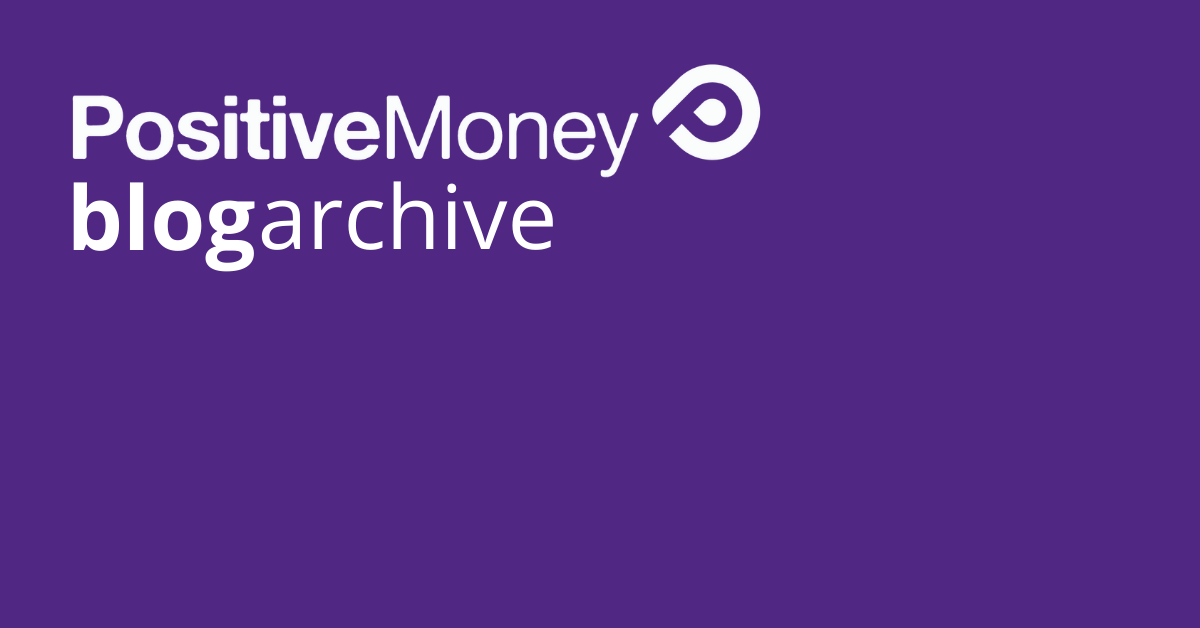Creating New Money: A Monetary Reform for the Information Age

How can the money system be made to work better? How can its workings be made less mysterious – easier for politicians and citizens to understand? This book gives the answers:
Creating New Money: A Monetary Reform for the Information Age is a book written by James Robertson and Joseph Huber launched by the New Economics Foundation in 2000. Positive Money proposals are heavily based on their work. The authors updated in this book the original proposal for „Full Reserve Banking“ from Irving Fisher, the leading American economist of his generation, that he wrote in response to the Great Depression.
Here is a short extract:
Today’s monetary and banking system is, in essence, still based on the 500 year old fractional reserve system suited to metal money. It still has to catch up with the new payment practices and the accelerating circulation of non-cash money based on modern information and telecommunication technology.
It is now opaque, inherently unsafe and unstable, almost impossible to control, and too expensive. It is increasingly perceived as part of an unaccountable system of money and finance that needs reform at every level – local, national and international. New initiatives and proposals are in the air. The New Economics Foundation has been prominent in developing and promoting LETS (local exchange trading systems), time money and other alternative or parallel currencies, microcredit, community banking, credit unions, and other new approaches to local community finance (Mayo et al 1998).
The reform we discuss in this report is different from those. It is not directly linked to them, but is a wider issue. It is a reform of the mainstream monetary and banking system. It reflects the values of a democratic civil society and the need for economic and financial stability. It is in tune with the Information Age.
It is basically simple. It is in two parts.
1. Central banks should create the amount of new non-cash money (as well as cash) they decide is needed to increase the money supply, by crediting it to their governments as public revenue. Governments should then put it into circulation by spending it.
2. It should become infeasible and be made illegal for anyone else to create new money denominated in an official currency. Commercial banks will thus be excluded from creating new credit as they do now, and be limited to credit-broking as financial intermediaries.
We refer to this as “seigniorage reform”. While adapting to the new conditions of the Information Age, it will also restore the prerogative of the state to issue legal tender, and to capture as public revenue the seigniorage income that arises from issuing it. Originally, seigniorage arose from the minting and issuing of coins by monarchs and local rulers. Extending it to the creation of all official money will correct the anomaly that has grown up over the years, resulting today in 95% of new money being issued, not by governments as cash (coins and banknotes), but by commercial banks printing credit entries into the bank accounts of their customers in the form of interest-bearing loans.
This costs the public large sums of money in seigniorage revenue foregone, in the UK, for example, of the order of £47bn a year (Appendix, Table 4G). It gives the commercial banks a hidden subsidy in the shape of special, supernormal profits of the order of £21bn a year in the UK (Appendix, Table 4B). We estimate that, in total, the resulting cost burden for the UK economy is about £66bn a year (Appendix, Table 4E).
Here you can order a hard copy of the book. A pdf version of the book can be downloaded free by clicking here.